�
Westview Press was founded in 1975 in Boulder, Colorado, by notable publisher and intellectual Fred Praeger. Westview Press
continues to publish scholarly titles and high-quality undergraduate- and graduate-level textbooks in core social science disciplines.
With books developed, written, and edited with the needs of serious nonfiction readers, professors, and students in mind, Westview
Press honors its long history of publishing books that matter.
Copyright © 2015 by Steven H. Strogatz
Published by Westview Press,
A Member of the Perseus Books Group
All rights reserved. Printed in the United States of America. No part of this book may be reproduced in any manner whatsoever
without written permission except in the case of brief quotations embodied in critical articles and reviews. For information, address
Westview Press, 2465 Central Avenue, Boulder, CO 80301.
Find us on the World Wide Web at www.westviewpress.com.
Every effort has been made to secure required permissions for all text, images, maps, and other art reprinted in this volume.
Westview Press books are available at special discounts for bulk purchases in the United States by corporations, institutions, and
other organizations. For more information, please contact the Special Markets Department at the Perseus Books Group, 2300
Chestnut Street, Suite 200, Philadelphia, PA 19103, or call (800) 810-4145, ext. 5000, or e-mail special.markets@perseusbooks.com.
A CIP catalog record for the print version of this book is available from the Library of Congress
ISBN 978-0-8133-4910-7 (Pbk.)
ISBN 978-0-8133-4911-4 (e-book)
10 9 8 7 6 5 4 3 2 1
Text design by Robert B. Kern
Set in Times LT Std by TIPS Technical Publishing, Inc.
�
CONTENTS
Preface to the Second Edition
Preface to the First Edition
1 Overview
1.0 Chaos, Fractals, and Dynamics
1.1 Capsule History of Dynamics
1.2 The Importance of Being Nonlinear
1.3 A Dynamical View of the World
Part I One-Dimensional Flows
2 Flows on the Line
2.0 Introduction
2.1 A Geometric Way of Thinking
2.2 Fixed Points and Stability
2.3 Population Growth
2.4 Linear Stability Analysis
2.5 Existence and Uniqueness
2.6 Impossibility of Oscillations
2.7 Potentials
2.8 Solving Equations on the Computer
Exercises for Chapter 2
3 Bifurcations
3.0 Introduction
3.1 Saddle-Node Bifurcation
3.2 Transcritical Bifurcation
3.3 Laser Threshold
3.4 Pitchfork Bifurcation
3.5 Overdamped Bead on a Rotating Hoop
3.6 Imperfect Bifurcations and Catastrophes
3.7 Insect Outbreak
Exercises for Chapter 3
4 Flows on the Circle
4.0 Introduction
4.1 Examples and Definitions
4.2 Uniform Oscillator
4.3 Nonuniform Oscillator
4.4 Overdamped Pendulum
4.5 Fireflies
4.6 Superconducting Josephson Junctions
Exercises for Chapter 4
�
Part II Two-Dimensional Flows
5 Linear Systems
5.0 Introduction
5.1 Definitions and Examples
5.2 Classification of Linear Systems
5.3 Love Affairs
Exercises for Chapter 5
6 Phase Plane
6.0 Introduction
6.1 Phase Portraits
6.2 Existence, Uniqueness, and Topological Consequences
6.3 Fixed Points and Linearization
6.4 Rabbits versus Sheep
6.5 Conservative Systems
6.6 Reversible Systems
6.7 Pendulum
6.8 Index Theory
Exercises for Chapter 6
7 Limit Cycles
7.0 Introduction
7.1 Examples
7.2 Ruling Out Closed Orbits
7.3 Poincaré−Bendixson Theorem
7.4 Liénard Systems
7.5 Relaxation Oscillations
7.6 Weakly Nonlinear Oscillators
Exercises for Chapter 7
8 Bifurcations Revisited
8.0 Introduction
8.1 Saddle-Node, Transcritical, and Pitchfork Bifurcations
8.2 Hopf Bifurcations
8.3 Oscillating Chemical Reactions
8.4 Global Bifurcations of Cycles
8.5 Hysteresis in the Driven Pendulum and Josephson Junction
8.6 Coupled Oscillators and Quasiperiodicity
8.7 Poincaré Maps
Exercises for Chapter 8
Color Plates
Part III Chaos
9 Lorenz Equations
9.0 Introduction
�
9.1 A Chaotic Waterwheel
9.2 Simple Properties of the Lorenz Equations
9.3 Chaos on a Strange Attractor
9.4 Lorenz Map
9.5 Exploring Parameter Space
9.6 Using Chaos to Send Secret Messages
Exercises for Chapter 9
10 One-Dimensional Maps
10.0 Introduction
10.1 Fixed Points and Cobwebs
10.2 Logistic Map: Numerics
10.3 Logistic Map: Analysis
10.4 Periodic Windows
10.5 Liapunov Exponent
10.6 Universality and Experiments
10.7 Renormalization
Exercises for Chapter 10
11 Fractals
11.0 Introduction
11.1 Countable and Uncountable Sets
11.2 Cantor Set
11.3 Dimension of Self-Similar Fractals
11.4 Box Dimension
11.5 Pointwise and Correlation Dimensions
Exercises for Chapter 11
12 Strange Attractors
12.0 Introduction
12.1 The Simplest Examples
12.2 Hénon Map
12.3 Rössler System
12.4 Chemical Chaos and Attractor Reconstruction
12.5 Forced Double-Well Oscillator
Exercises for Chapter 12
Answers to Selected Exercises
References
Author Index
Subject Index
�
PREFACE TO THE SECOND EDITION
Welcome to this second edition of Nonlinear Dynamics and Chaos, now available in e-book
format as well as traditional print.
In the twenty years since this book first appeared, the ideas and techniques of nonlinear
dynamics and chaos have found application in such exciting new fields as systems biology,
evolutionary game theory, and sociophysics. To give you a taste of these recent developments, I’ve
added about twenty substantial new exercises that I hope will entice you to learn more. The fields
and applications include (with the associated exercises listed in parentheses):
Animal behavior: calling rhythms of Japanese tree frogs (8.6.9)
Classical mechanics: driven pendulum with quadratic damping (8.5.5)
Ecology: predator-prey model; periodic harvesting (7.2.18, 8.5.4)
Evolutionary biology: survival of the fittest (2.3.5, 6.4.8)
Evolutionary game theory: rock-paper-scissors (6.5.20, 7.3.12)
Linguistics: language death (2.3.6)
Prebiotic chemistry: hypercycles (6.4.10)
Psychology and literature: love dynamics in Gone with the Wind (7.2.19)
Macroeconomics: Keynesian cross model of a national economy (6.4.9)
Mathematics: repeated exponentiation (10.4.11)
Neuroscience: binocular rivalry in visual perception (8.1.14, 8.2.17)
Sociophysics: opinion dynamics (6.4.11, 8.1.15)
Systems biology: protein dynamics (3.7.7, 3.7.8)
Thanks to my colleagues Danny Abrams, Bob Behringer, Dirk Brockmann, Michael Elowitz, Roy
Goodman, Jeff Hasty, Chad Higdon-Topaz, Mogens Jensen, Nancy Kopell, Tanya Leise, Govind
Menon, Richard Murray, Mary Silber, Jim Sochacki, Jean-Luc Thiffeault, John Tyson, Chris
Wiggins, and Mary Lou Zeeman for their suggestions about possible new exercises. I am
especially grateful to Bard Ermentrout for devising the exercises about Japanese tree frogs (8.6.9)
and binocular rivalry (8.1.14, 8.2.17), and to Jordi Garcia-Ojalvo for sharing his exercises about
systems biology (3.7.7, 3.7.8).
In all other respects, the aims, organization, and text of the first edition have been left intact,
except for a few corrections and updates here and there. Thanks to all the teachers and students
who wrote in with suggestions.
It has been a pleasure to work with Sue Caulfield, Priscilla McGeehon, and Cathleen Tetro at
Westview Press. Many thanks for your guidance and attention to detail.
Finally, all my love goes out to my wife Carole, daughters Leah and Jo, and dog Murray, for
putting up with my distracted air and making me laugh.
Steven H. Strogatz
Ithaca, New York
2014
�
PREFACE TO THE FIRST EDITION
This textbook is aimed at newcomers to nonlinear dynamics and chaos, especially students taking a
first course in the subject. It is based on a one-semester course I’ve taught for the past several
years at MIT. My goal is to explain the mathematics as clearly as possible, and to show how it can
be used to understand some of the wonders of the nonlinear world.
The mathematical treatment is friendly and informal, but still careful. Analytical methods,
concrete examples, and geometric intuition are stressed. The theory is developed systematically,
starting with first-order differential equations and their bifurcations, followed by phase plane
analysis, limit cycles and their bifurcations, and culminating with the Lorenz equations, chaos,
iterated maps, period doubling, renormalization, fractals, and strange attractors.
A unique feature of the book is its emphasis on applications. These include mechanical
vibrations, lasers, biological rhythms, superconducting circuits, insect outbreaks, chemical
oscillators, genetic control systems, chaotic waterwheels, and even a technique for using chaos to
send secret messages. In each case, the scientific background is explained at an elementary level
and closely integrated with the mathematical theory.
Prerequisites
The essential prerequisite is single-variable calculus, including curvesketching, Taylor series,
and separable differential equations. In a few places, multivariable calculus (partial derivatives,
Jacobian matrix, divergence theorem) and linear algebra (eigenvalues and eigenvectors) are used.
Fourier analysis is not assumed, and is developed where needed. Introductory physics is used
throughout. Other scientific prerequisites would depend on the applications considered, but in all
cases, a first course should be adequate preparation.
Possible Courses
The book could be used for several types of courses:
A broad introduction to nonlinear dynamics, for students with no prior exposure to the
subject. (This is the kind of course I have taught.) Here one goes straight through the whole
book, covering the core material at the beginning of each chapter, selecting a few applications
to discuss in depth and giving light treatment to the more advanced theoretical topics or
skipping them altogether. A reasonable schedule is seven weeks on Chapters 1-8, and five or
six weeks on Chapters 9-12. Make sure there’s enough time left in the semester to get to
chaos, maps, and fractals.
A traditional course on nonlinear ordinary differential equations, but with more emphasis on
applications and less on perturbation theory than usual. Such a course would focus on
Chapters 1-8.
A modern course on bifurcations, chaos, fractals, and their applications, for students who
have already been exposed to phase plane analysis. Topics would be selected mainly from
Chapters 3, 4, and 8-12.
For any of these courses, the students should be assigned homework from the exercises at the
end of each chapter. They could also do computer projects; build chaotic circuits and mechanical
�
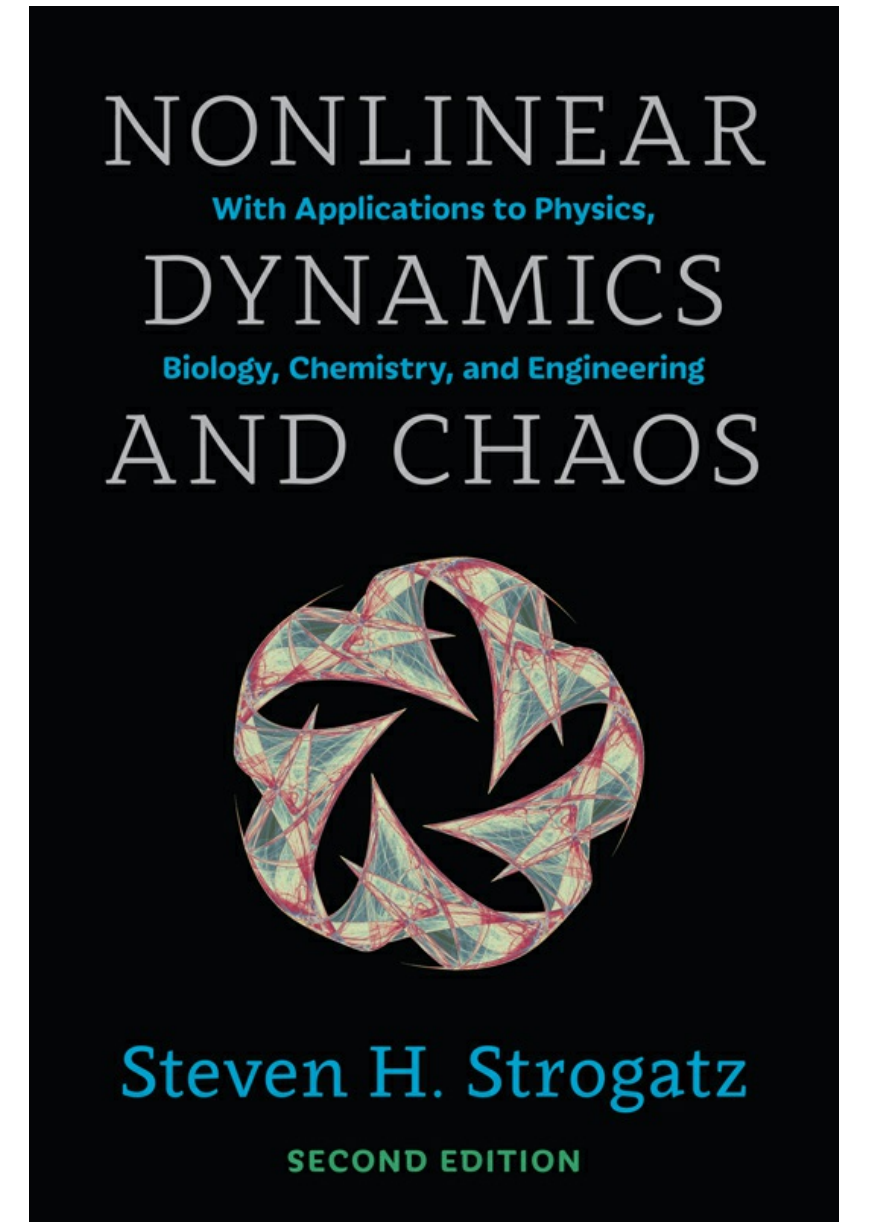

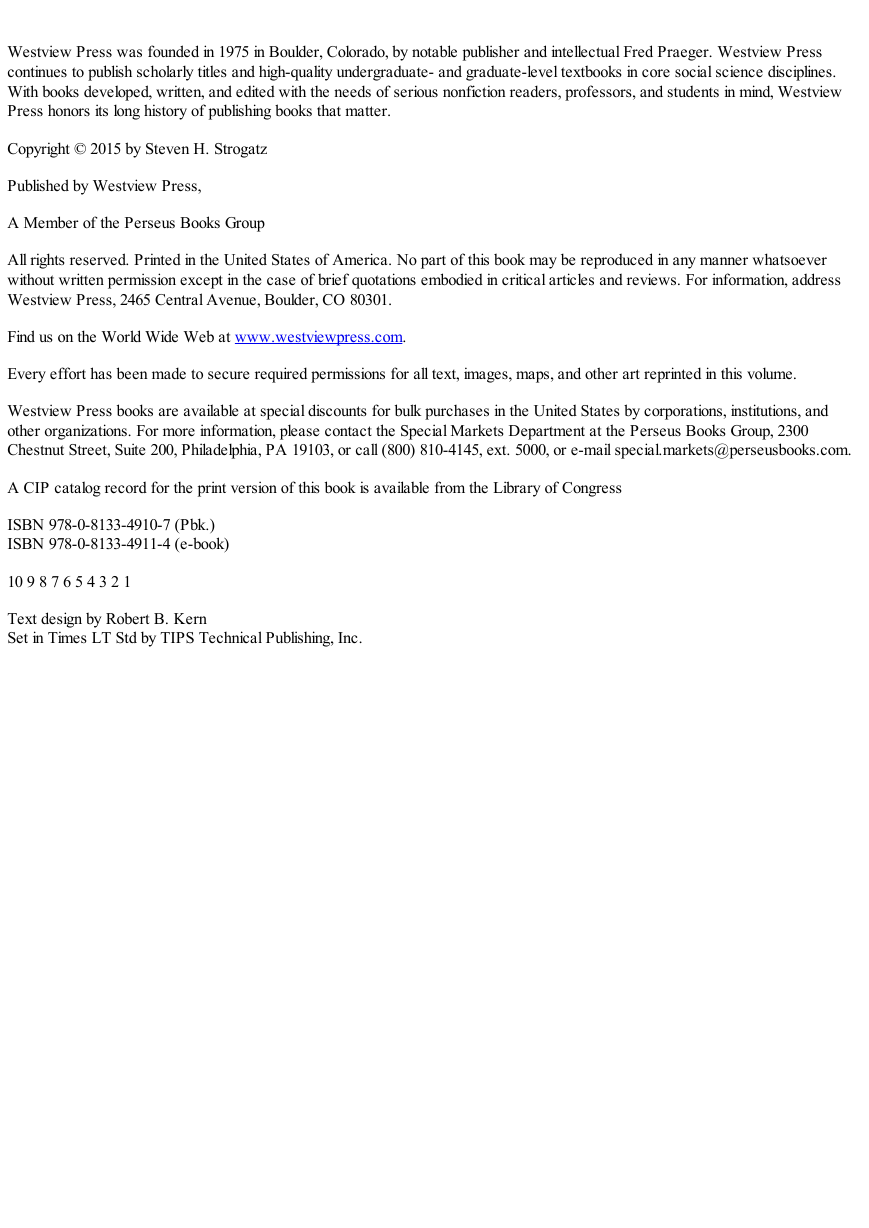
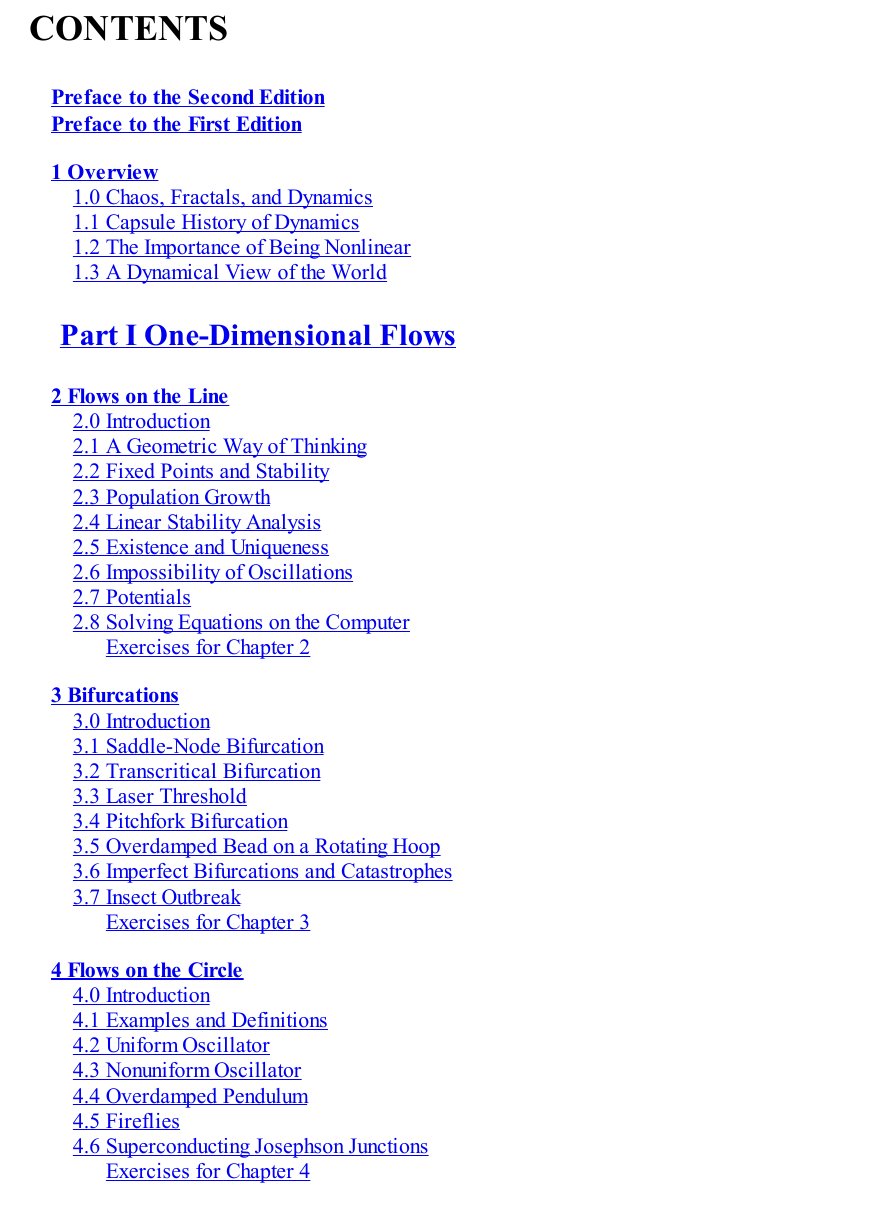
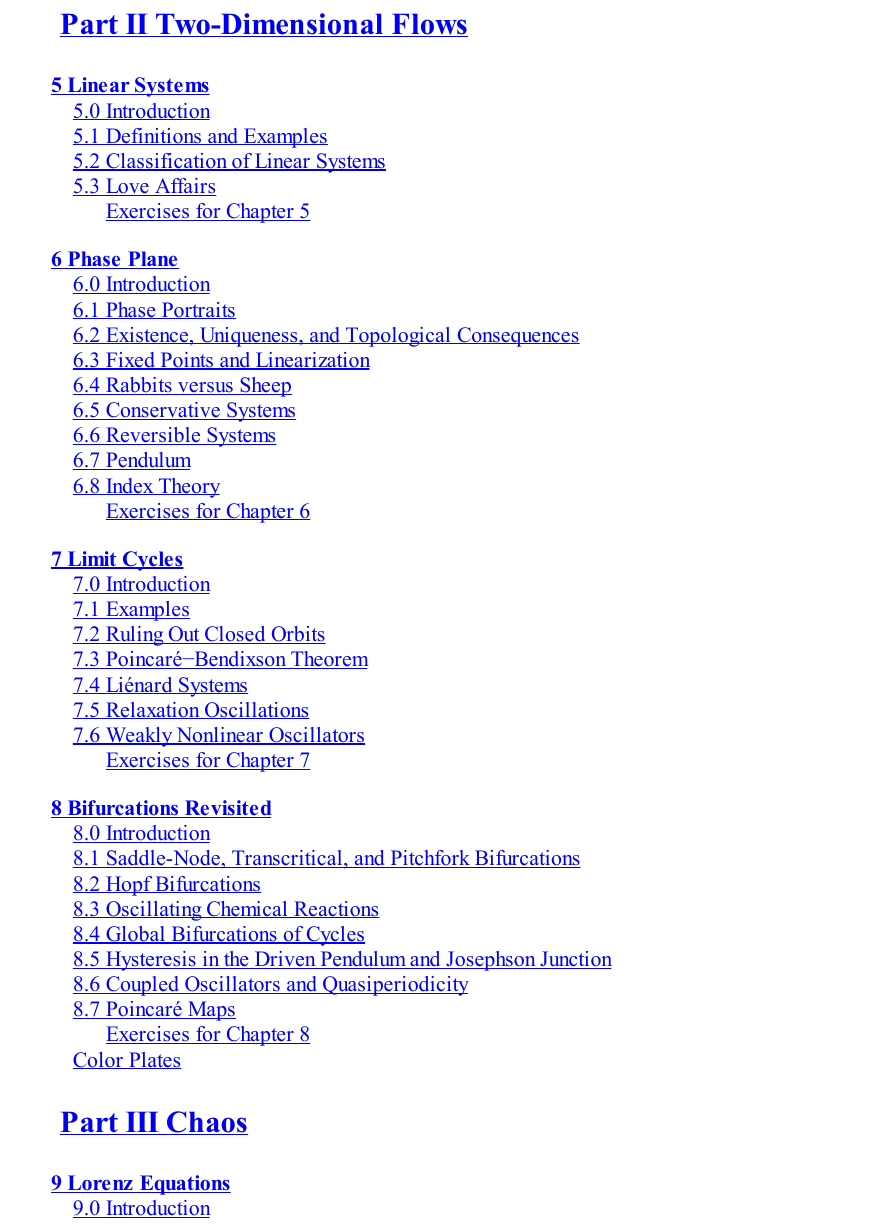
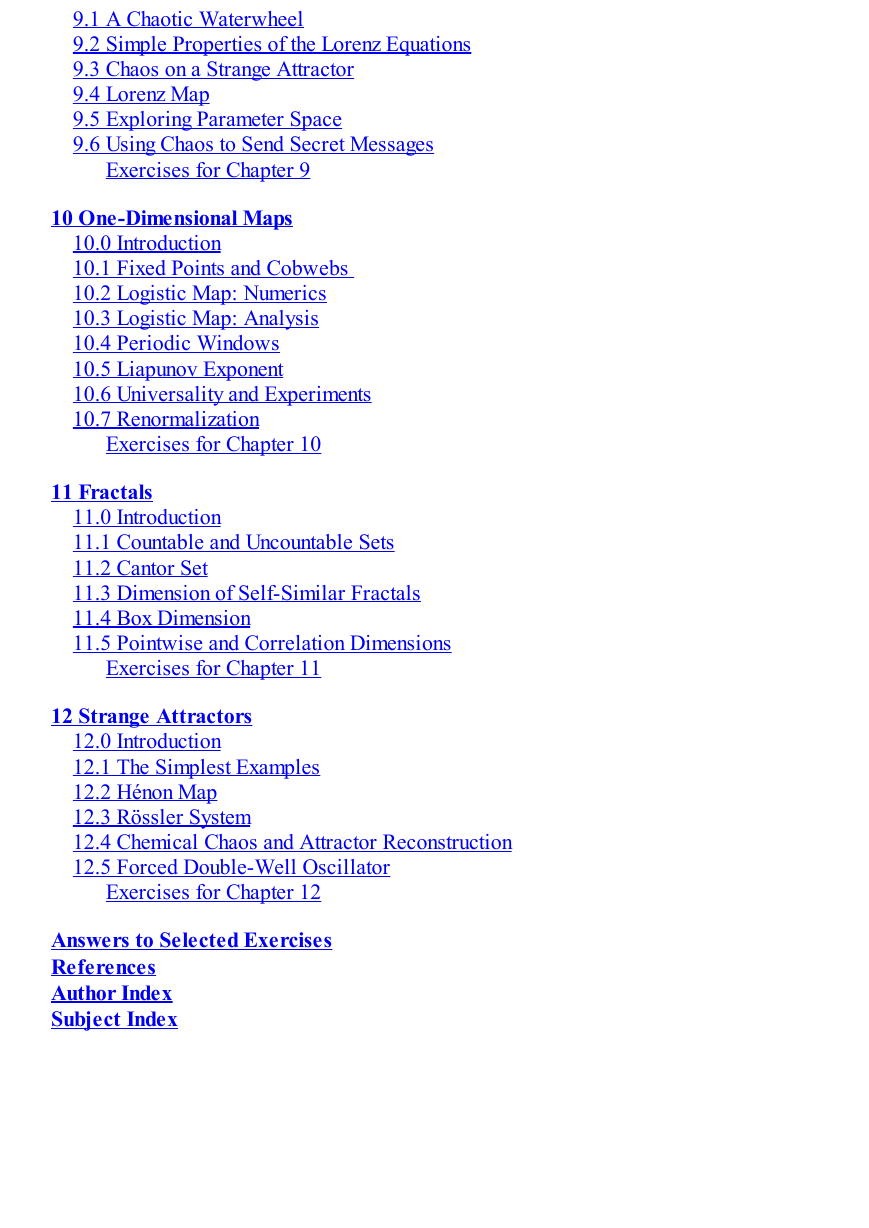
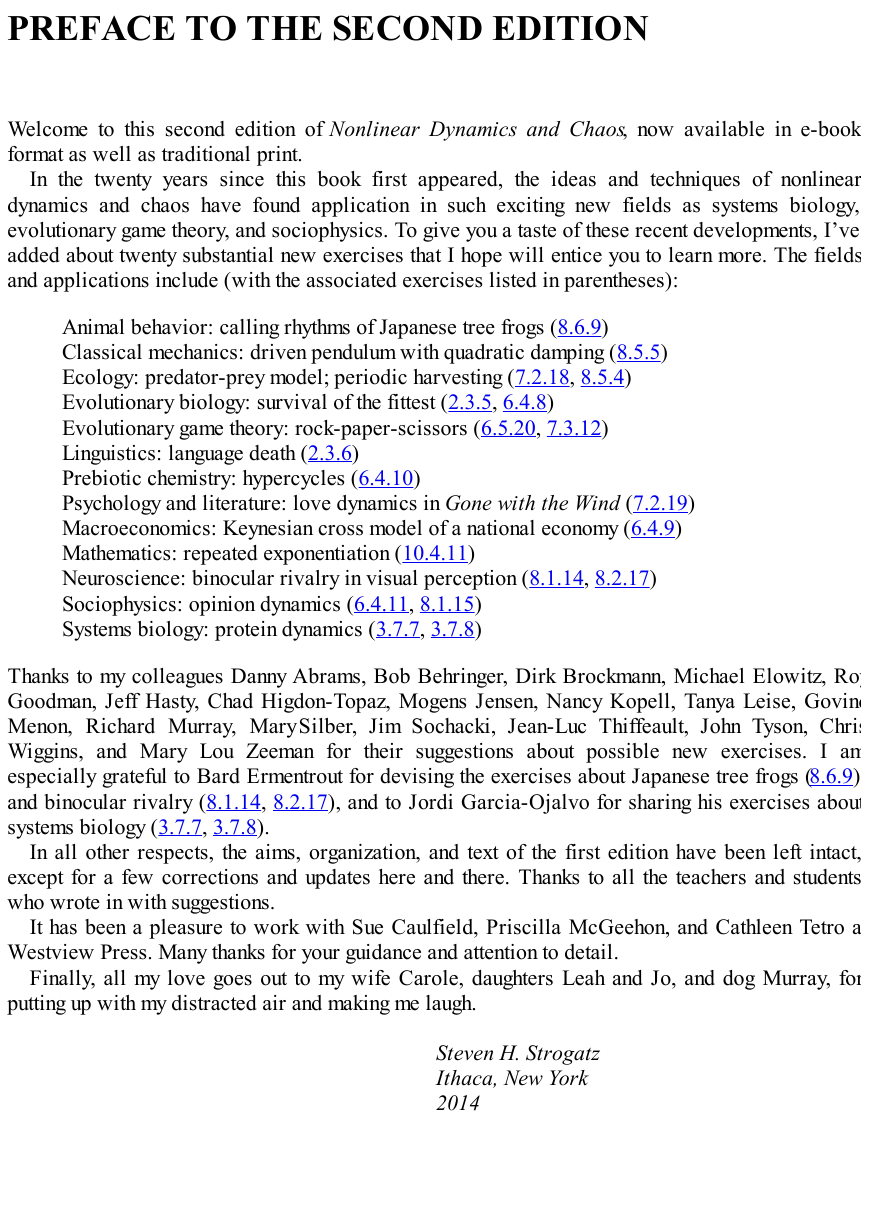
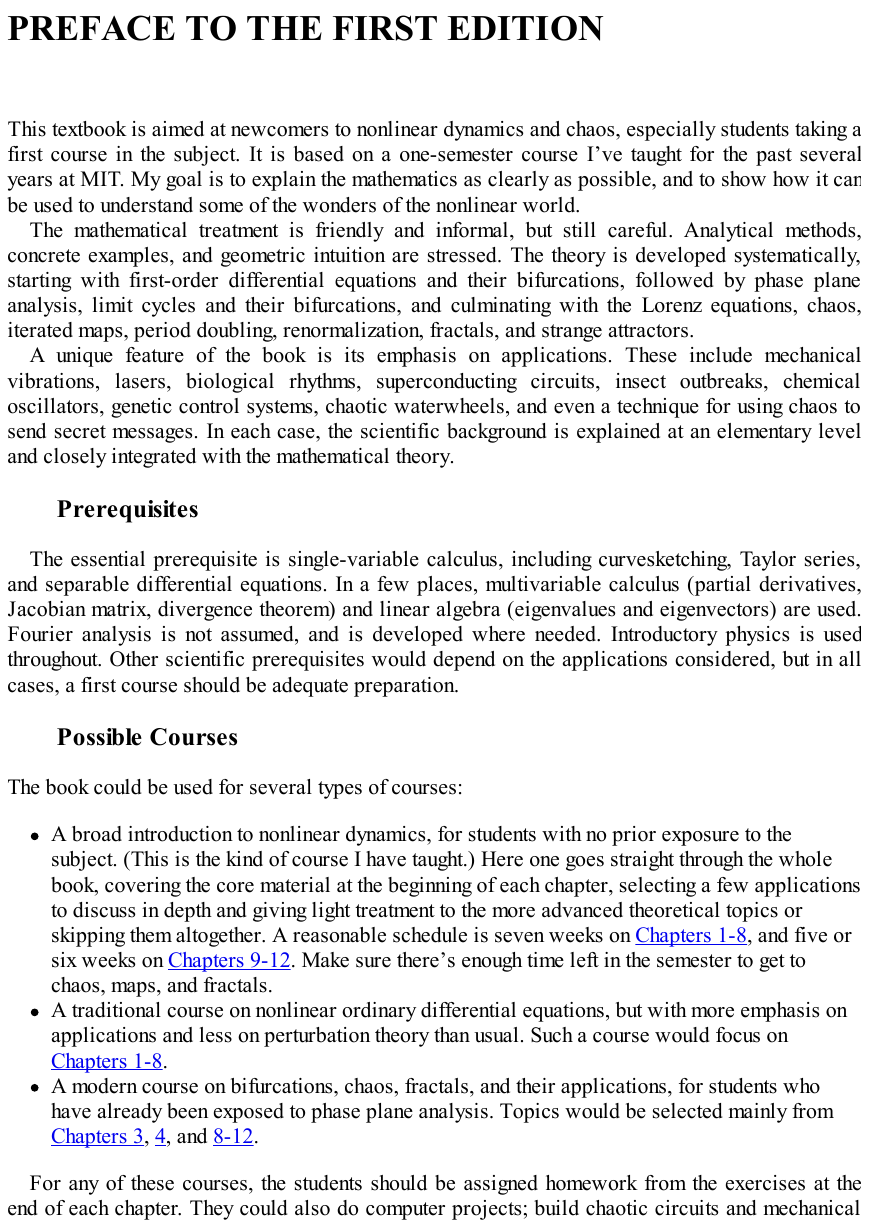








 2023年江西萍乡中考道德与法治真题及答案.doc
2023年江西萍乡中考道德与法治真题及答案.doc 2012年重庆南川中考生物真题及答案.doc
2012年重庆南川中考生物真题及答案.doc 2013年江西师范大学地理学综合及文艺理论基础考研真题.doc
2013年江西师范大学地理学综合及文艺理论基础考研真题.doc 2020年四川甘孜小升初语文真题及答案I卷.doc
2020年四川甘孜小升初语文真题及答案I卷.doc 2020年注册岩土工程师专业基础考试真题及答案.doc
2020年注册岩土工程师专业基础考试真题及答案.doc 2023-2024学年福建省厦门市九年级上学期数学月考试题及答案.doc
2023-2024学年福建省厦门市九年级上学期数学月考试题及答案.doc 2021-2022学年辽宁省沈阳市大东区九年级上学期语文期末试题及答案.doc
2021-2022学年辽宁省沈阳市大东区九年级上学期语文期末试题及答案.doc 2022-2023学年北京东城区初三第一学期物理期末试卷及答案.doc
2022-2023学年北京东城区初三第一学期物理期末试卷及答案.doc 2018上半年江西教师资格初中地理学科知识与教学能力真题及答案.doc
2018上半年江西教师资格初中地理学科知识与教学能力真题及答案.doc 2012年河北国家公务员申论考试真题及答案-省级.doc
2012年河北国家公务员申论考试真题及答案-省级.doc 2020-2021学年江苏省扬州市江都区邵樊片九年级上学期数学第一次质量检测试题及答案.doc
2020-2021学年江苏省扬州市江都区邵樊片九年级上学期数学第一次质量检测试题及答案.doc 2022下半年黑龙江教师资格证中学综合素质真题及答案.doc
2022下半年黑龙江教师资格证中学综合素质真题及答案.doc